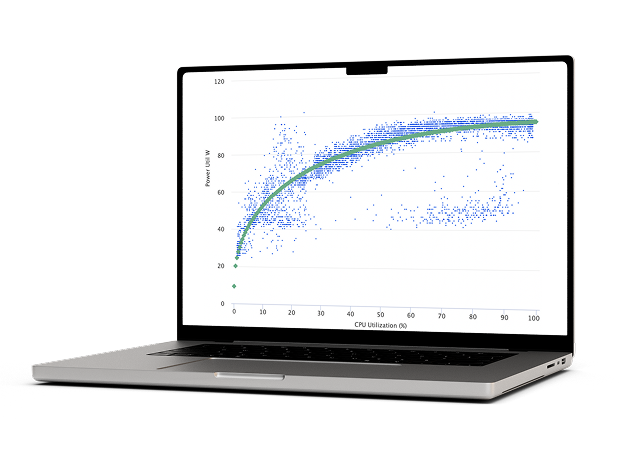
SUCCESS STORY
Redefining AI Infrastructure: Cutting Hosting Costs with Predictive Optimization for HybridAI

HybridAI is a forward-thinking tech startup based in Singapore that identified a key challenge in the AI industry: the high costs of hosting AI models on both cloud and on-premises infrastructure. With enterprises overspending on virtual machines (VMs) and startups struggling to find affordable alternatives, HybridAI saw an opportunity to innovate.
They partnered with us to develop an AI-driven server optimization solution designed to reduce costs at the server level and help businesses scale more efficiently.
Industry Context & Target Audience
AI Model Solution
After hours of research and testing, we developed a prediction model designed to analyze client data and deliver tailored optimization strategies for cost reduction at the server level. Initially, we pursued a machine learning approach, but the lack of benchmark data for GPUs and CPUs in data centers posed a significant obstacle.
Taking this into account, we shifted to a mathematical model, employing correlation formulas to identify the most efficient optimization options. The results are presented to users as a Pareto front, a set of optimal solutions that balance cost and performance, ensuring clients can choose the best fit for their needs.

The model focuses on two key areas

Infrastructure Usage Predictions
Providing real-time insights into current resource utilization.

Usage Forecasts
Leveraging historical data from the past 3, 6, or 12 months to predict future needs.
This dual approach equips clients with the information necessary to make strategic decisions about their infrastructure, both now and in the future.
Challenges
The journey to this solution was not without its hurdles. The most significant challenge was the scarcity of benchmark data and real usage statistics for GPUs and CPUs in data centers. Without this data, training an effective machine learning model proved unfeasible. To overcome this, our team invested extensive effort into researching publicly available data from industry leaders like NVIDIA and AMD. This groundwork enabled us to build a robust mathematical model that delivers actionable insights despite the initial constraints.

Limitations
While our solution marks a significant advancement, it has its limitations. The model’s accuracy is tied to the quality and quantity of available data. Currently, it relies on mathematical correlations rather than the richer insights a machine learning model could provide, due to the lack of extensive real-world datasets. Moving forward, incorporating actual client data will be essential to refine predictions and forecasts. With sufficient data, we could transition to a machine learning framework, unlocking even greater precision and customization.

Conclusion & Future Scope
The transformative power of AI is undeniable, yet its infrastructure costs remain a persistent pain point for the industry. Our AI-driven server optimization solution tackles this challenge head-on, offering a practical way for companies to reduce expenses without compromising performance. This project has been a catalyst for innovation, deepening our understanding of AI model deployment and revealing new possibilities for optimization.
Looking ahead, the future is promising. As we collect more client-specific data, we plan to enhance the model’s accuracy and explore a return to machine learning-based approaches. This evolution will enable us to deliver increasingly personalized and precise optimization strategies, solidifying our solution as a game-changer for businesses navigating the AI landscape.
Book a 30-Minute consultation
Schedule a session with our engineering team. Help us understand your business and the project goals.